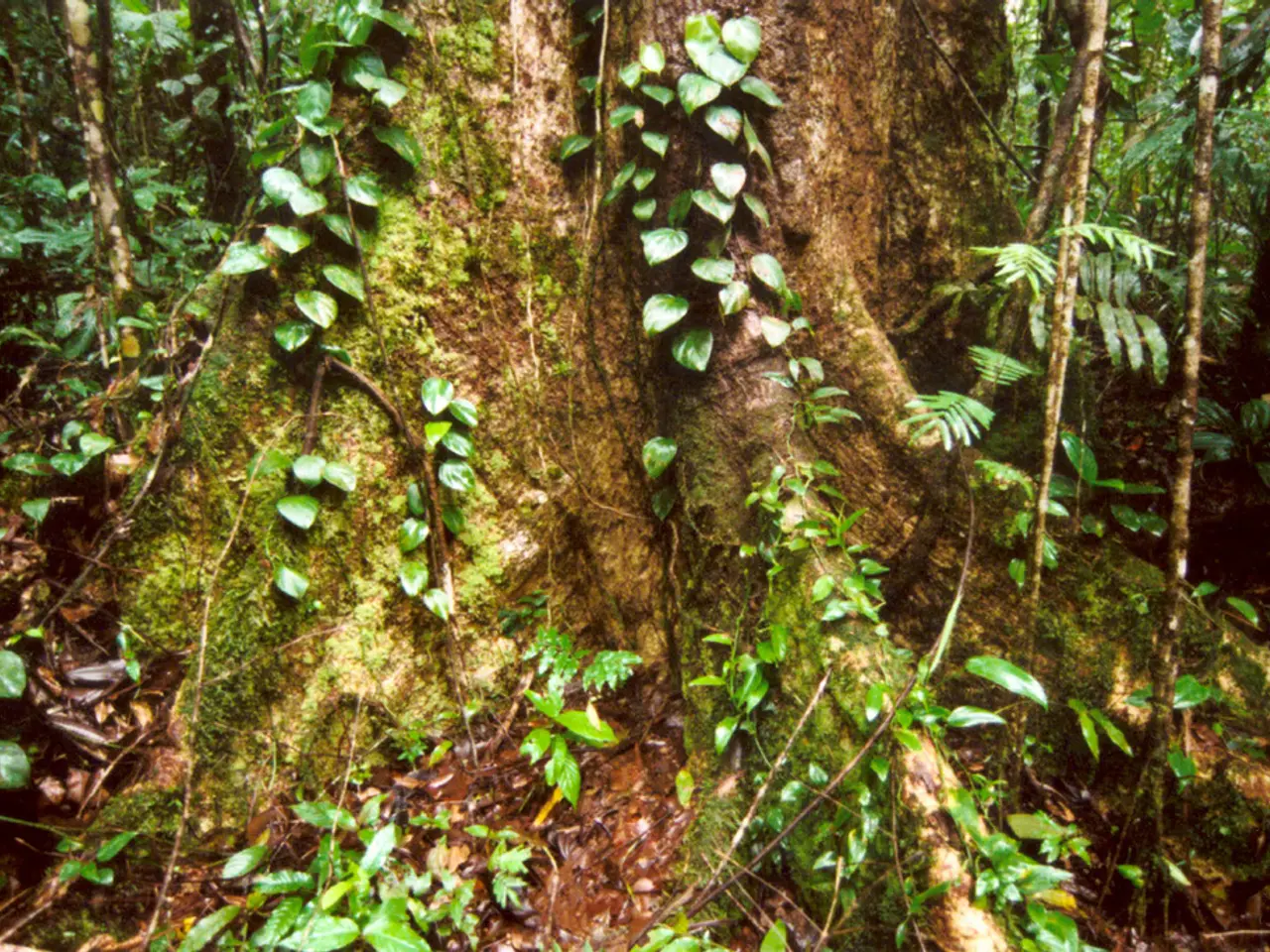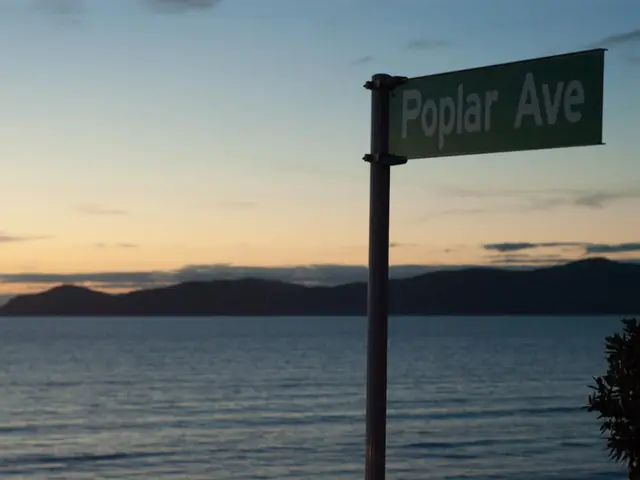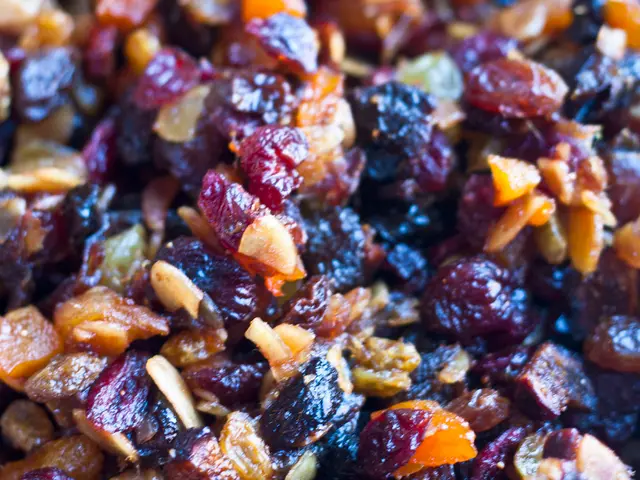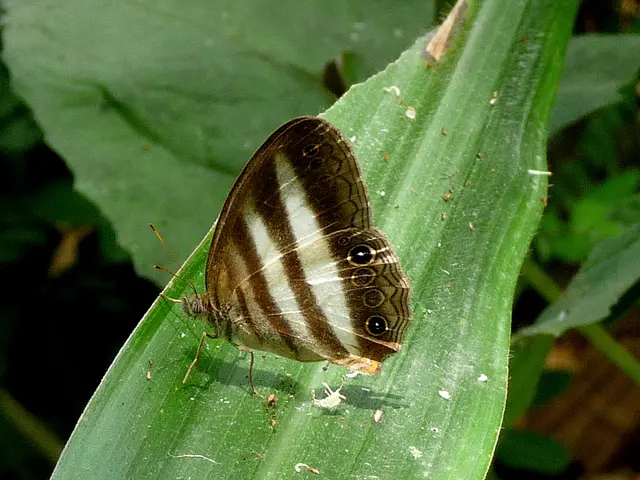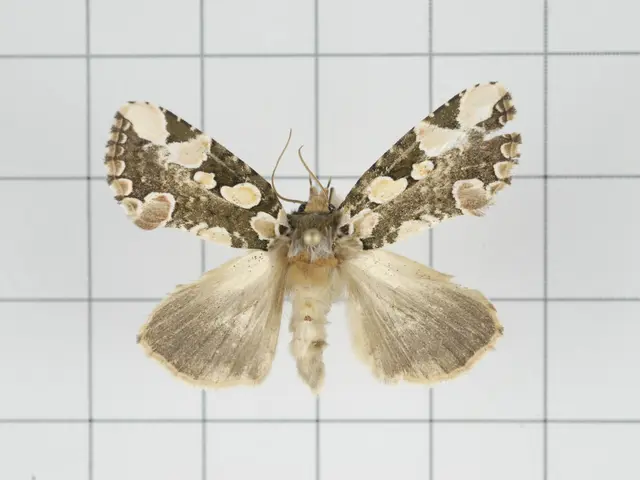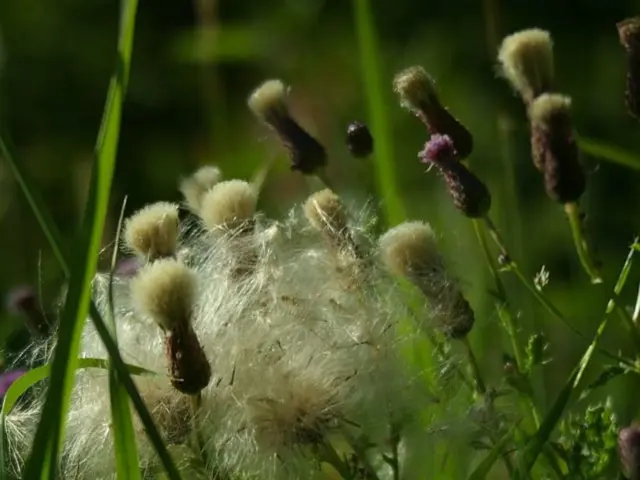Soil Erosion Remedies: The Role of Vegetation in Repairing Damaged Soil Surfaces
Plants play a crucial role in preventing soil erosion, offering a natural and effective solution to this environmental concern.
Shrubs, with their strong roots and thick foliage, act as a protective barrier against harsh winds, sunlight, and heavy rainfall. Their stems serve as thick barriers that slow down water flow, while their extensive root systems hold the soil in position, making it harder to wash away.
Trees, too, contribute significantly to soil stabilisation. Their extensive root systems not only hold the soil firmly but also catch heavy rain, providing additional protection to low-lying plants and loose soil.
Groundcovers, shrubs, and trees, with their spreading roots, act as a web beneath the surface, taking up to about four times as much space as the plant itself. This underground network helps bind the soil together, preventing topsoil from being washed away by floods or strong winds.
Grass, with its fibrous root system, is another excellent choice for erosion control. Its roots spread deep and wide, holding the soil firmly in place. Native species of grass are often the best choice due to their low-maintenance nature and the fact that they only require occasional mowing.
In the fight against soil erosion, strategic plant placement is key. By slowing down the flow of water, plants can protect against soil erosion in vulnerable areas.
Erosion control plants like Vetiver grass, Vetiveria zizanioides, and deep-rooted grasses such as switchgrass and native prairie grasses are particularly effective. These can be identified in public sources through botanical databases, government agricultural extension websites, and environmental protection agency publications.
In conclusion, plants, in their various forms, offer a natural and sustainable solution to soil erosion. By understanding their roles and choosing the right species, we can harness their power to protect our lands and promote a healthier environment.
